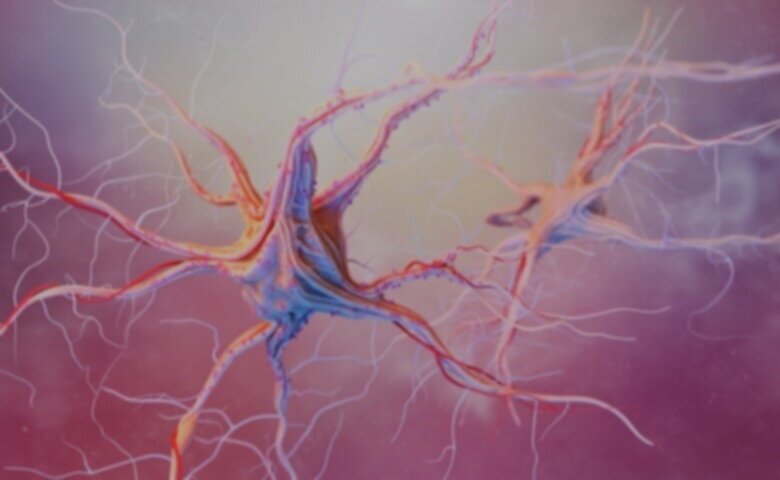SErotonin and the default mode network

psychedelics and serotonin receptors
So, how do psychedelics work?
Technically, all classical psychedelics work by antagonizing (or stimulating) Serotonin receptors in our brains. Now, there are 15 different kinds of serotonin receptors in our brains. Psilocybin works specifically by stimulating the 5-HT2A Serotonin Receptors. Chemical interactions in the brain are extremely difficult to visualize, but this is a computer illustration of the psilocybin molecule being accepted by the 5-HT2A receptor.
When the psychedelic molecule is accepted by the 5-HT-2A serotonin receptor, we see many things happen in the brain. Perhaps most importantly, we see a rapid increase in activity all over. But we also see a marked decrease in activity in the Default Mode Network.
The Default mode network
Now, what is the default mode network (DMN)? And how does this relate to the psychedelic experience? Although an older model of the brain focused on individual sections of the brain, modern psychology and neuroscience now focus on networks in the brain and the way that regions pass information to one another. The Default Mode Network (DMN) was only recently discovered in 2001. It has been described as the “CEO” or “orchestra conductor” of our brains because other networks of the brain communicate via the Default Mode Network.
So, how and why do classical psychedelics agitate serotonin receptors? Well, this is because the classical psychedelics closely resemble Serotonin; you can think of them as doppelgängers. In the diagram below, on the left, we can see the similarities between the serotonin molecule and the DMT, Psilocin, and psilocybin molecules.
Some contend that This similarity might just be a total, random accident. Others say that we may have evolved to accept Psychedelics. Others say that this coincidence is the work of God. The 5-HT2A receptors are “found in large numbers in the… cortex, the outermost, and evolutionarily most recent layer of the brain.” The neuroscience here is complicated, but any agitation of the 5-HT2A receptor has been found to decrease activity in the Default Mode Network. Therefore taking any classical psychedelic will decrease activity in the Default Mode Network. But what does a decrease in activity in the Default Mode Network have to do with the psychedelic experience?
PSYCHEDELICS WEAKEN MENTAL CONSTRUCTS AND THE EGO

Mental Constructs
The Default Mode Network plays a key role in the formation of mental constructs. Mental Constructs are shortcuts that help us more efficiently navigate the world around us. They save us brain energy. This is the role of the Default Mode Network. For example, let us consider a tree. We’ve probably all seen thousands of trees. We know that trees pose no threat, and, we know that they likely won’t be used as a tool. And for all intents and purposes, most of us feel that nearly all trees are similar, interchangeable. To know that it’s a tree, we do not have to analyze the bark, the leaves, the branches, the shadows, the mold, the scars, etc. If we did have to analyze all these things, this would require a lot of brainpower. Instead, the moment our brains recognize that this thing we’re looking at is a tree, our brains create a mental construct of a “tree.” We don’t have to see the bark; we don’t have to see the branches. It’s a tree; this is all we need to know. This is the work of the Default Mode Network. And this can save us a lot of brain energy. But it can also limit our ability to recognize and perceive the depth of reality around us.
When children, in comparison, see a tree for the first several times, they haven’t yet had the chance to develop a Mental Construct of “Tree” and they, therefore, see many more details than adults. So, the experience that you had of looking at a tree as a child was probably extremely different from the experience you have now
The ME Network
”The Default Mode Network is referred to by some neuroscientists as the “Me Network”. This is because the Default Mode Network plays a role in the construction of mental constructs, including the mental construct we call the self or the ego.
The PSYCHEDELIC CHILD’s BRAIN

Adult’s Brain vs. child’s brain
It has been said that, by reducing activity in the default mode network, psychedelics restore this “child’s brain.” This Adult Brain, Child’s Brain comparison is used often in psychedelic discourse. It’s said that the “Adult Brain” can narrowly focus attention on a single goal. Because of this focus, it produces fewer errors. Processes take less time and less energy. But the adult brain is also less creative, less able to think “outside the box.” And sometimes too rigid for unique problem-solving.
The Child’s Brain, in comparison, is said to be more widely diffused. It can take in information from virtually anywhere in the field of awareness. This process often causes more errors. Processes take more time and more energy. But the child’s brain is also more creative. Several studies have shown that children are far better at some problem-solving tasks, when “thinking outside the box” is required.
For example, in a 2000 study, researcher Alison Gopnik gave children a toy box that lights up and plays music when a certain combination of blocks is placed on top of it. When Gopnik’s team programmed the box to only play music when two blocks were placed on it, four-year-olds figured it out much faster than adults. The four-year-olds tested more "far-out" hypotheses that increased the chances of finding the right answer. Some psychedelic researchers draw a useful distinction between the "spotlight consciousness" of adults and the "lantern consciousness" of children.
In his 2018 book How to Change Your Mind, Michael Pollan writes “Baby consciousness is so different from adult consciousness as to constitute a mental country of its own, one from which we are expelled sometime early in adolescence. Is there a way back in? The closest we can come to visit that foreign land as adults may be during the psychedelic journey.
ALTERNATIVEs TO PSYCHEDELICS

Other activities that reduce activity in the DMN
It’s important to note that psychedelics are not the only activities that reduce activities in the Default Mode Network. There are many other activities, including:
Meditation
Breathing exercises (e.g. holotropic breathwork)
Sensory deprivation
Fasting
Prayer
Overwhelming experiences of awe
Extreme sports
Near-death experiences
So, psychedelics decrease activity in the default mode network, which has been found to increase brain activity, increase brain entropy, and decrease the formation of mental constructs, including the mental construct of the self, resulting in the ability to perceive more details of the world. But many other activities result in the reduction of activity in the Default Mode Network.






